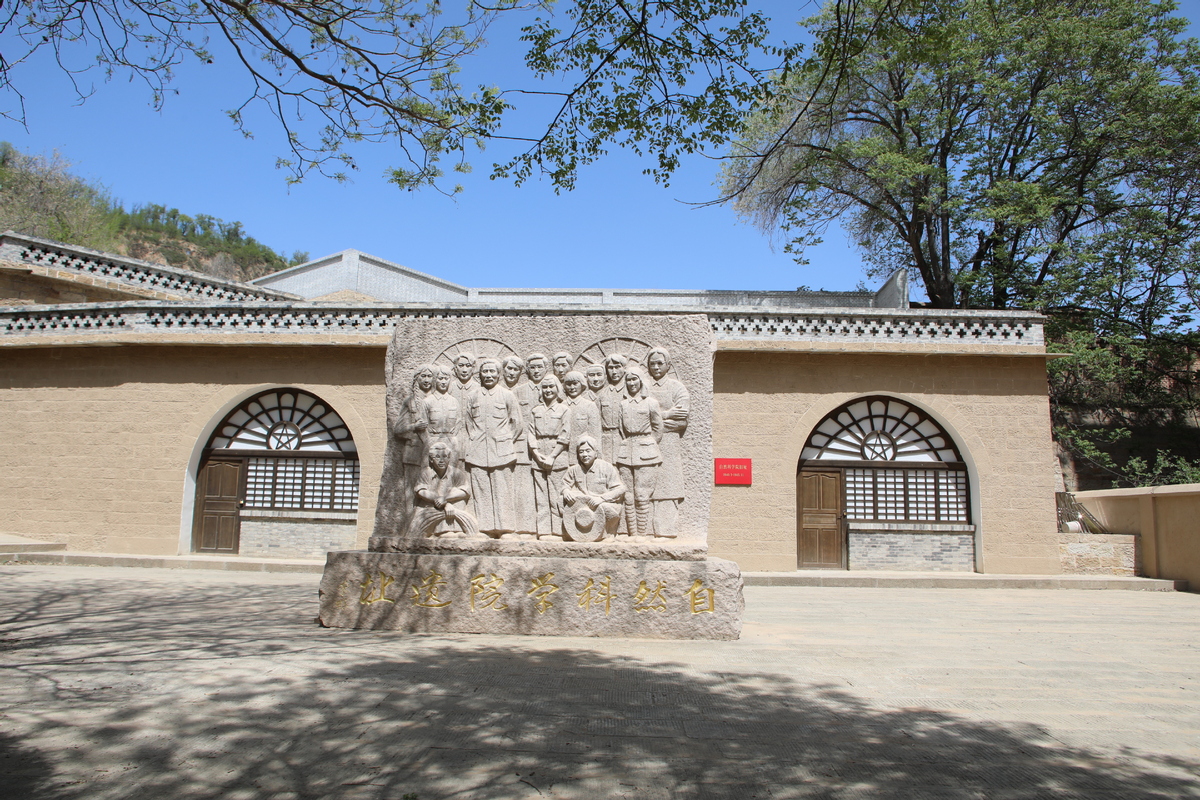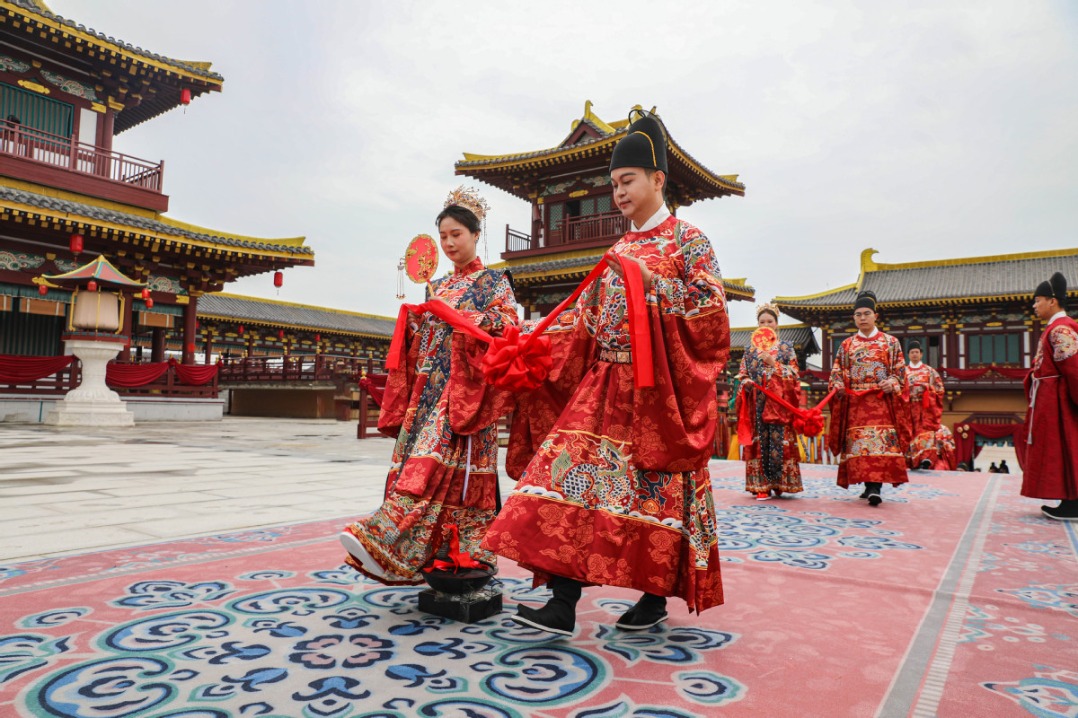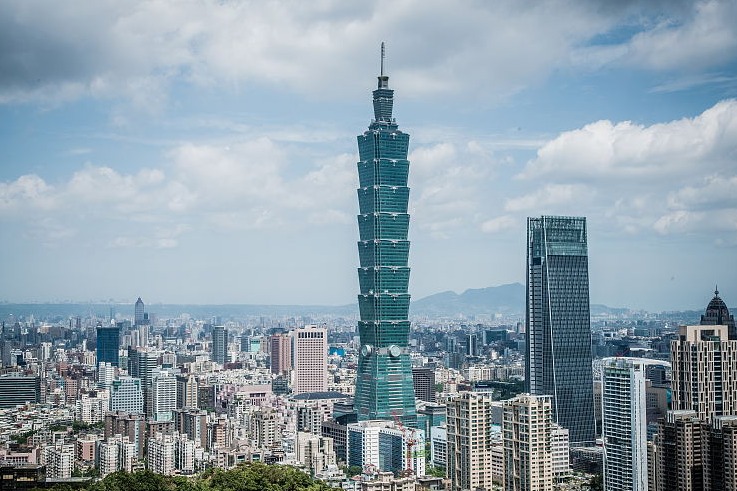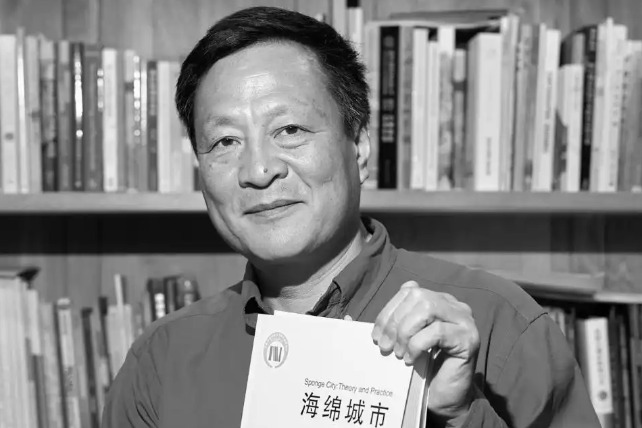Across China: Former site of CPC's first polytechnic institution for higher education opens to public


YAN'AN, Shaanxi province -- The former site of the first science and engineering higher education institution founded by the Communist Party of China (CPC) opened to the public on Thursday in Yan'an, Northwest China's Shaanxi province, more than 80 years after it first welcomed scholars.
The on-site exhibition showcases the history of using various technologies during the Chinese People's War of Resistance against Japanese Aggression, as well as those that supported the economic development of the revolutionary base.
The Yan'an Academy of Natural Sciences, founded in 1940, was the predecessor of the Beijing Institute of Technology (BIT). It was the first specialized institution in the CPC history to carry out teaching and research in natural sciences, marking the start of CPC's formal leadership in the course of science and technology. The site was opened to mark the 80th anniversary of the war of resistance's victory and the 85th founding anniversary of the BIT.
The exhibits showed that during wartime, the CPC launched a large-scale self-reliant production movement, with the academy helping to effectively solve a series of problems.
For instance, Chen Kangbai, then vice-president of the academy, was among a cohort of experts that helped improve salt making, leading to a five- to six-fold increase in salt production. Not only did this address the salt shortage faced by both the military and civilians, but it also became a pillar industry in Yan'an.
Another significant contribution was the development of paper-making technique using a type of local grass called Malancao, which alleviated the shortage of paper and enabled the printing and distribution of newspapers, books and banknotes in the base area.
Back then, a lack of timepieces impacted government work, industrial and agricultural production and frontline operations. Mathematics experts studied and formulated the sundial standard, allowing people to keep accurate time in the area.
They also applied science and technology to the production of military industry, developed steel that met military requirements, and manufactured chemical products such as explosives. There were also scientific and technological workers involved in fields such as wireless communication, medicine, meteorology and chemistry.
"With the support from all sectors of society at home and abroad, the academy overcame difficulties of scarce materials and harsh conditions, resolutely served the overall situation of the war of resistance, and gradually formed an educational pattern that combines theory with practice and integrates industry and education, making significant contributions to the construction of the base area and victory of the war," said Yang Fan, deputy Party chief of BIT, at the opening ceremony on Thursday.
At that time, a large number of patriots flooded into Yan'an, and talent from home and abroad gathered at the academy. Meanwhile, the academy also became a cradle for cultivating scientific and technological experts. Indeed, many teachers and students later became leading figures in science and industry after the founding of the People's Republic of China, like Peng Shilu who was regarded as a founding father of the nuclear submarine industry in China.
According to Jiang Yan with the management bureau of Yan'an revolutionary heritage sites, between 1940 and 1945, the academy had produced nearly 500 science and technology specialists.
The Yan'an Academy of Natural Sciences also laid the foundation for the birth of a number of important science and engineering colleges in China.
By 1945, CPC held about 950,000 square kilometers of base areas, with about 100 million people. The backstage battlefield, where guerrilla warfare behind enemy lines coordinated the regular battles on the center stage battlefield, attracted about 65 percent of the troops of the Japanese invading forces.
The science and technology development in Yan'an has drawn support from the overseas. Collaboration has been conducted with the United States in areas such as meteorology, communication and aviation, among others.
Now China continues to advance self-reliance and strength in science and technology. "During the Yan'an period, CPC led the military and civilians to overcome blockades and difficulties and establish scientific and technological undertakings, which holds significant implications for today," Yang said.
- Qingdao sees surge in travelers to S Korea under its temporary visa-free policy
- China's 2025 box office surpasses 2024's full-year gross
- Standing on deck, feeling proud: Hong Kong residents tour PLA ships
- China's railway passenger trips hit record high on National Day
- Xi leads efforts to build strong China as people's republic turns 76
- Scientists warn of hidden mercury threat in ocean due to human activity





































